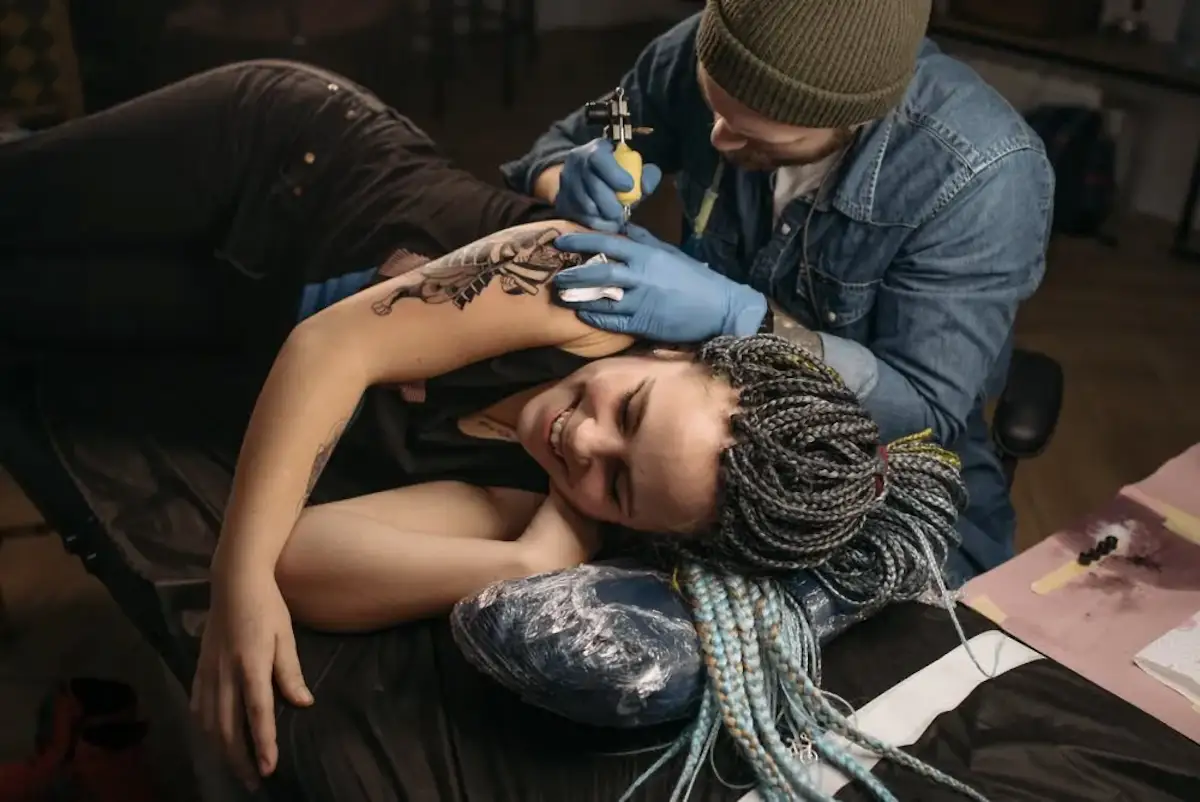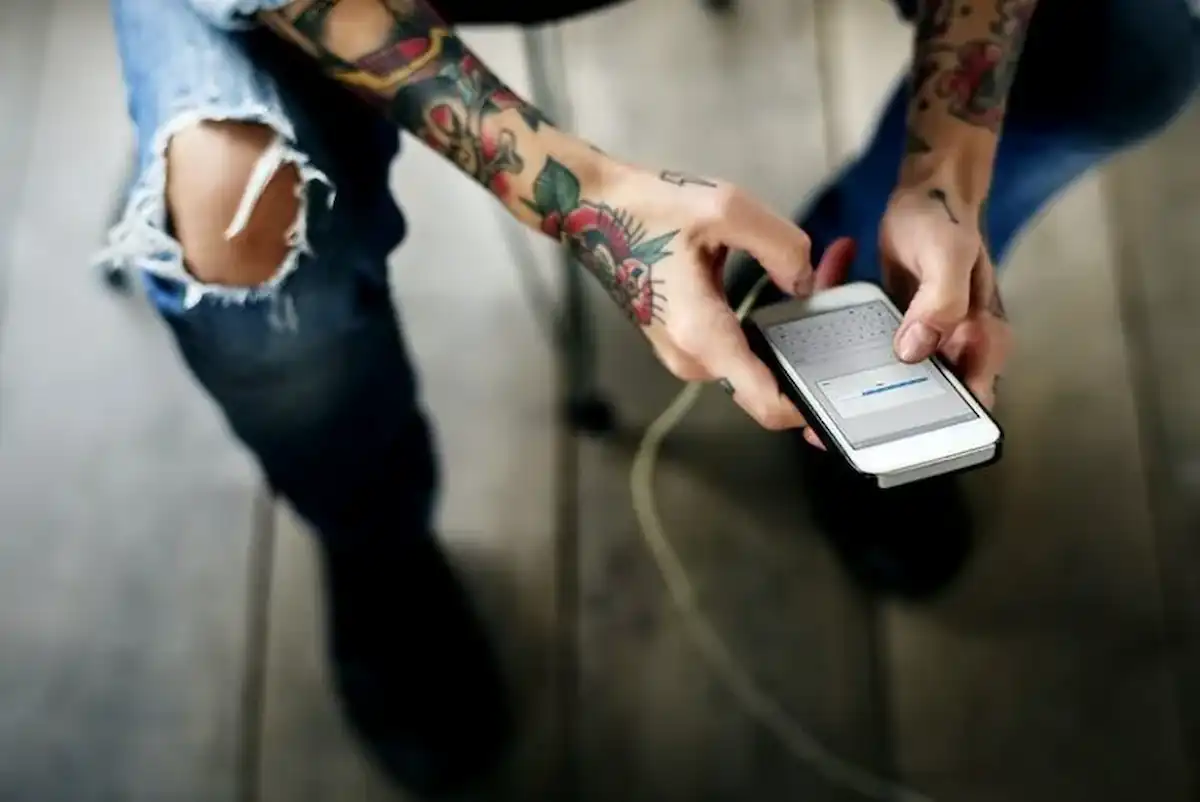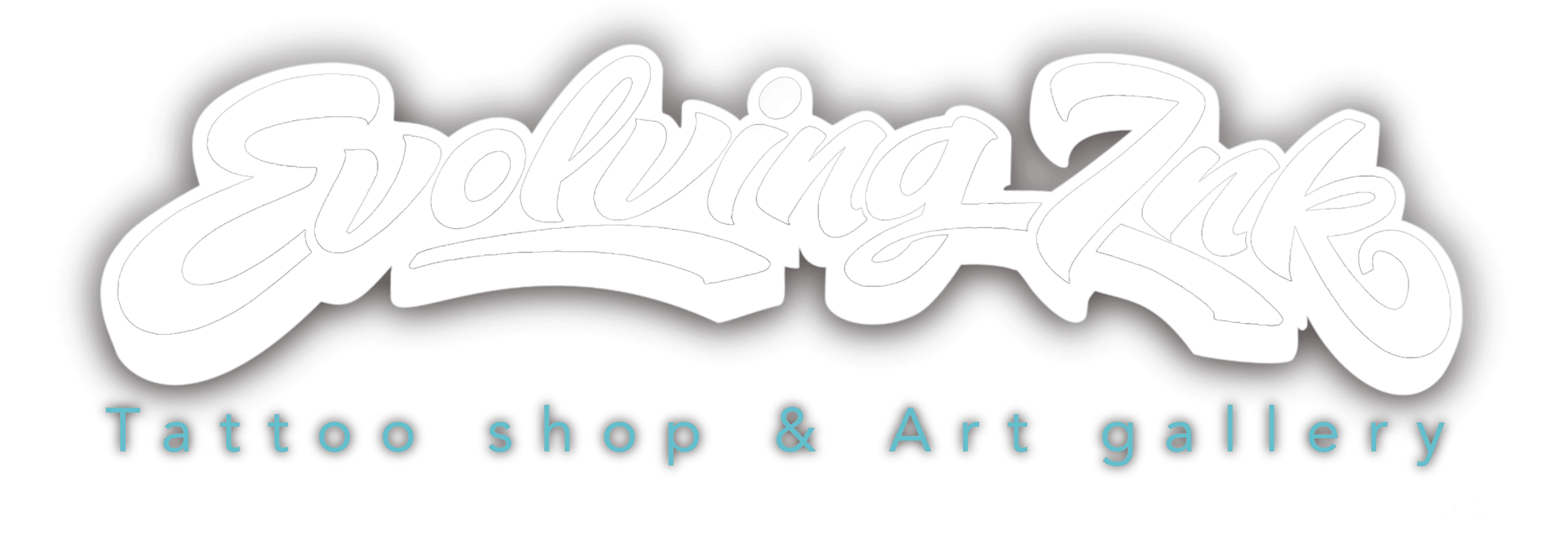Exploring the world of tattoos: Types, Styles, and Significance
A Comprehensive Guide to Tattoos
From aesthetic statements to medical solutions, tattoos hold versatile significance in today’s world. Let’s explore the various types and their unique characteristics.
Professional Tattoos
Modern tattooing, performed with sterile machines and inks, has evolved into over 50 diverse styles. Here are some popular ones:
- Traditional: Reflecting art styles from the 1700s, traditional tattoos capture the dawn of the modern tattooing era.
- Realism: These tattoos transform photographic images into breathtaking body art.
- Watercolour: Mimicking the art style achieved on paper or canvas, these tattoos require exceptional skill.
- Tribal: Originating from aboriginal communities, these dark, elaborate patterns make a bold statement.
- New School: This style brings fun, colourful artwork with a cartoonish style.
- Neo-traditional: An evolution of the traditional style, these tattoos use vibrant colours and strong line work for an illustrative quality.
- Japanese: Dating back to the Edo period, these tattoos often feature distinctive blue and orange hues.
- Blackwork: A broad category focusing on black ink, these tattoos are very popular today.
Caution Against Amateur Tattoos
Amateur tattoos pose more than just the risk of substandard art; they may not follow the proper sterilization techniques and necessary aftercare, posing health risks. Always prioritize professional tattoo services.
Cosmetic Tattoos
Permanent cosmetic make-up, such as microblading for eyebrows or permanent eyeliner, is gaining popularity for its convenience and always-fresh appearance.
Medical Tattoos
Medical tattoos address cosmetic complaints from various diseases and conditions. For example, tattooed nipples can enhance the appearance and the self-confidence of breast cancer survivors who’ve undergone mastectomies. Medical tattoos can also restore symmetry in cleft lips, simulate hair appearance after alopecia, reduce scarring, and restore skin colour in vitiligo patients. Some even use tattoos as ‘medical alerts’ for diabetes, blood type, etc.
Temporary Tattoos
If you’re not ready for a permanent tattoo, there are several temporary alternatives to consider.
Henna Tattoos: Henna is a plant-based dye used by Muslim and Hindu cultures for thousands of years. These tattoos can last from one to three weeks. However, beware of ‘Black Henna,’ which contains PPD and heavy metals that can cause severe allergic reactions.
Sticker or Decal Tattoos: These are a fun and non-permanent way to experiment with tattoo art. They involve applying a water-resistant decal to the skin, which can last for a few days up to a week. They come in a variety of designs and are easy to apply and remove.
Remember, whether going for a permanent or temporary option, choose wisely! Each tattoo style holds unique significance and requires professional artists to ensure quality and safety.
Script or Lettering Tattoos:
Words, phrases, or quotes are inked in various fonts. Commonly used to convey personal messages or sentiments.
Maori Tattoos (Ta Moko):
Traditional tattoos of the Maori people of New Zealand. Symbolic designs often represent family, heritage, and social status.
Dotwork Tattoos:
Created using a series of dots to form intricate patterns or images. Can be minimalist or highly detailed.
Related Posts

Dress Tips for a Smooth Tattoo Session | Evolving Ink
Discover the perfect attire for a seamless tattoo session. Dress for success with expert tips on what to wear. Explore our essential tattoo dressing tips now!

Unleashing creativity: A comprehensive guide to planning your next tattoo
Are you struggling to come up with tattoo ideas? Find inspiration and get expert advice on creating the perfect tattoo at our Tucson studio. Book a consultation today and let us help you find a design that will make you smile for a lifetime.


